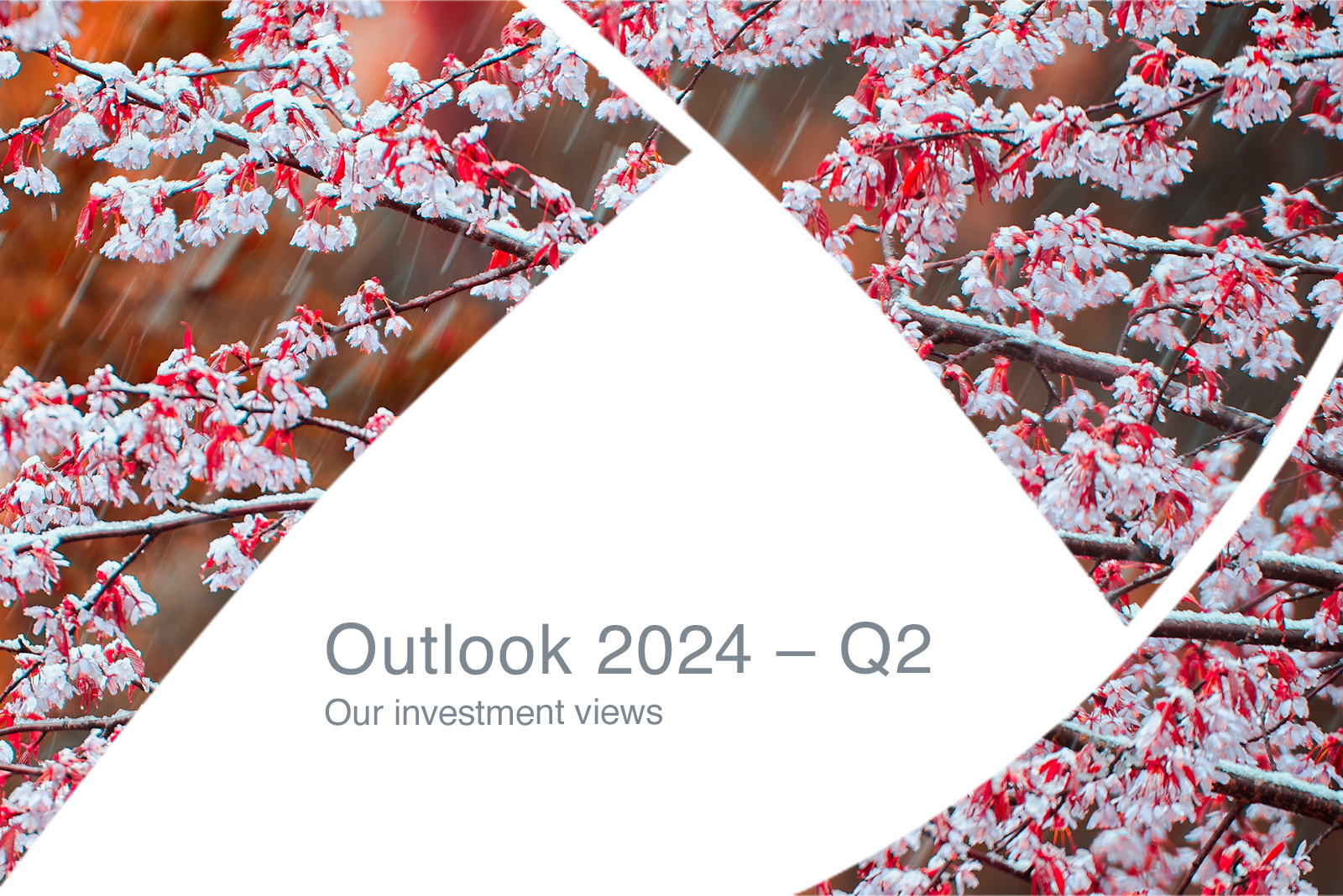Economy
As we enter the second quarter of 2024, the global economy is faced with a complex set of challenges and opportunities. Inflationary pressures, which were a major concern in the previous year, have started to show signs of moderation, though unevenly across different regions. Central banks, particularly the Federal Reserve and the European Central Bank, have begun to adopt a more cautious approach to tightening their policies, recognizing the delayed effects of past rate hikes on economic activity.
The U.S. economy, while resilient, faces the prospect of a slowdown as the effects of higher interest rates impact consumer spending and business investment. Europe, grappling with energy security issues and ongoing geopolitical tensions, is on the brink of recession. Asia, buoyed by China’s cautious return to growth, offers a glimmer of hope but also highlights an uneven recovery across the globe.
Equities
Global equities are at a critical juncture as markets balance the prospects of an economic slowdown with the potential for easing of monetary policy. The technology sector, having adjusted to post-pandemic valuation realities, offers opportunities based on innovation and growth potential. Financial stocks could benefit from a steepening of the yield curve, while consumer discretionary stocks reflect the combined pressures of inflationary forces and changes in consumption patterns.
Emerging markets, particularly in Asia, stand to gain from a shift towards domestic consumption and technological self-sufficiency. However, the evolution of U.S.-China relations and its impact on global trade remains a critical factor to monitor.

Fixed Income
Central banks’ actions in response to inflation have significantly shaped the fixed income landscape. With expectations of a slower pace of rate hikes, bond yields have adjusted, presenting a new dynamic in valuation. Opportunities are emerging in high-quality corporate bonds and certain sovereign debts, where risk-adjusted yields have become more attractive.
Emerging market debt is seen with cautious optimism, as these regions benefit from the stabilization of the dollar and improvements in commodity prices. However, investors must remain vigilant about country-specific risks, particularly those related to fiscal health and political stability.
Alternative investments
We maintain an underweight position regarding alternative asset classes, favoring the income regularity provided by bonds. However, this caution does not prevent us from remaining vigilant for opportunities within the alternative investment sector. We are aware that these assets can offer attractive returns, uncorrelated with fluctuations in traditional financial markets, which could enhance our overall diversification strategy.
While placing emphasis on bonds, we remain open and attentive to changing market dynamics. We actively explore segments of the alternative investment space that present interesting valuation potential, while carefully assessing the risk-return ratio for our investors. Our objective remains to maximize risk-adjusted performance of our portfolios, harmonizing prudence and responsiveness to growth opportunities in the Q2 2024 financial landscape.
You may also like
Business and sustainable investment at a crossroads
With social networks everywhere, that which is at stake in the fight against climate change, against discrimination, in reducing inequalities and social inclusion occupies an increasingly important place in public realms and opinions.
Investment: The Traps of Social Media
In today's digital era, social networks and online platforms offer a myriad of possibilities for investors, from tips on the most promising stocks to the latest investment opportunities.
What future for responsible investment ?
By signing the Paris Agreement in 2015, 196 countries - including Switzerland - committed to halving their greenhouse gas emissions by 2030. This commitment reflects their desire to channel financial flows towards more sustainable, low-carbon development while enhancing the resilience of companies and states in the face of the challenges of climate change.




